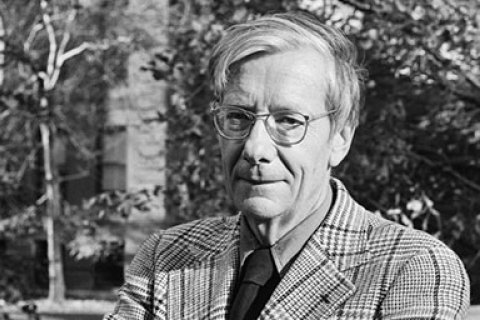Nicolaas Bloembergen

Bloembergen started his studies in Physics at Utrecht University in 1938. When the Second World War started this changed student life altogether. His professor was removed from the university and Bloembergen had to prepare for his exams through self-study and by following the few lectures that were still held at the university.
It was no surprise, therefore, that after the liberation of the Netherlands, the young physicist set out for the United States as soon as he could, finding a position at Harvard. For where in a ravaged and impoverished Europe could find a place to carry out the doctoral research he had been planning for years? After his spell in Harvard he returned to Leiden, where he wrote his dissertation on Nuclear Magnetic Relaxation, a standard work that would be reprinted many times.
Bloembergen's NMR systems, which were revolutionary at the time, are still very much in use today in medicine, where they are used to examine internal organs and tissues.
Later in life he returned to the United States where he carried out the research into Laser and Maser for which he received his Nobel Prize in 1981, together with his colleagues Arthur Schwalow and Kai Siegbahn. 'In fact, what we did was quite simple', he told the Dutch newspaper De Volkskrant in 1990. 'We took a standard textbook on optics and for each section we asked ourselves what would happen if the intensity was to become very high. We were almost certain that we were bound to encounter an entirely new type of physics within that domain.'

